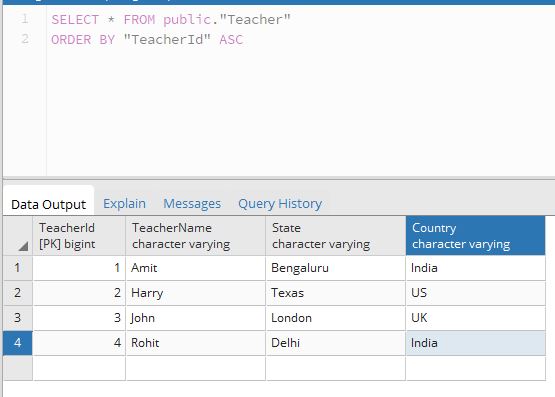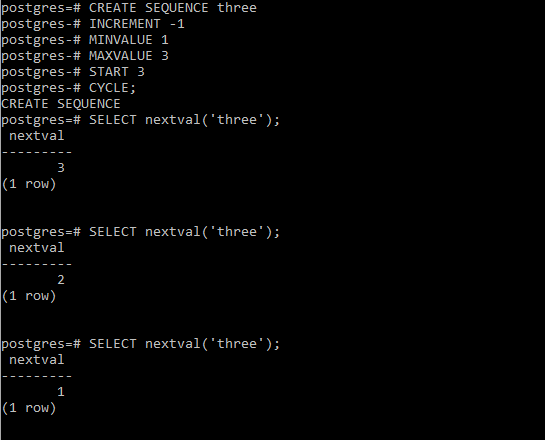

- #Postgresql appily 2 primary keys update#
- #Postgresql appily 2 primary keys code#
- #Postgresql appily 2 primary keys password#
I then created a publication on those 3 tables: create publication mypub for all tables I granted all permissions on my tables to my replication user.

Here’s the code: create table withprimarykey A table called withuniquekey with a unique key but without a primary key.A table called withprimarykey with a primary key.A table called badmodel without any uniqueness or primary key.I created 3 different tables for 3 uses cases: Please read theĭocumentation for more informations. Wal_level, max_wal_senders, max_replication_slots). Your primary instance (version higher or equal to 10, and some parameters like You must also ensure you’ll be able to perform native logical replication from
#Postgresql appily 2 primary keys password#
Secondary host to the primary without password (using either a certificate,Ī password file or any other passwordless secured authentication method) with You must have two Postgres instances ready and be able to connect from the If you careįor performance, your data should be modelized (third normal form at least), so Performance reasons, you should avoid using it. It will use all the columns in the table as the replica key. If you don’t have an index that satisfies all these conditions, you may use theįull keyword. Remember your index needs to be unique, not partial, not deferrable, and should In case you don’t have a primary key, the using index clause can be used. Postgres what to use as a replica identity, using the alter table mytable replica identity. If there is no primary key, you need to tell Replica identityĪs the documentation states in the case, there is a primary key, it’s taken byĭefault as the replica identity.
#Postgresql appily 2 primary keys update#
So, the next logical question here is: How does it work? How does it pickĪ row to update in case there is no primary key? The answer is “Replica Was confused with other logical replication systems like slony. I was even surprised that it’s never been mandatory. SET id = CASE id WHEN query.id1 THEN -query.I was browsing through the logical replication restrictions when I noticed thatĪ primary key was not mandatory to be able to perform logical update the pairs of negated ids to their positive counterparts swapped WITH query AS ('query to get pairs of ids to swap')

update the pairs of ids to their negative counterparts Solution for bulk updates for numeric primary keys, thanks to input from the nice people below: - disable foreign key constraint validation SET id = CASE id WHEN 1 THEN 2 WHEN 2 THEN 1 END SET id = (CASE id WHEN 1 THEN 2 WHEN 2 THEN 1 ELSE id END) an approach that runs the "validation" for the update transactionally. I am having difficulty finding an approach that does not fail with duplicate key exception, i.e. Question is how can I swap the primary keys between two records in postgresql. So my ideal solution is, well, brute swap their primary keys.
#Postgresql appily 2 primary keys code#
The migration code needs to be schema agnostic, i.e.Make all references to old records point to new records (that's not just db foreign keys, it's references out of my control in external services, caches, emails, historic data, bookmarks, you name it).I need to code a data migration tool to "swap" old records with new records in a table, but I have the following requirements / constraints:

What I need to achieve is non-standard, hence my difficulty finding a solution. I can't seem to find a way to achieve this transactionally (or not)


 0 kommentar(er)
0 kommentar(er)
